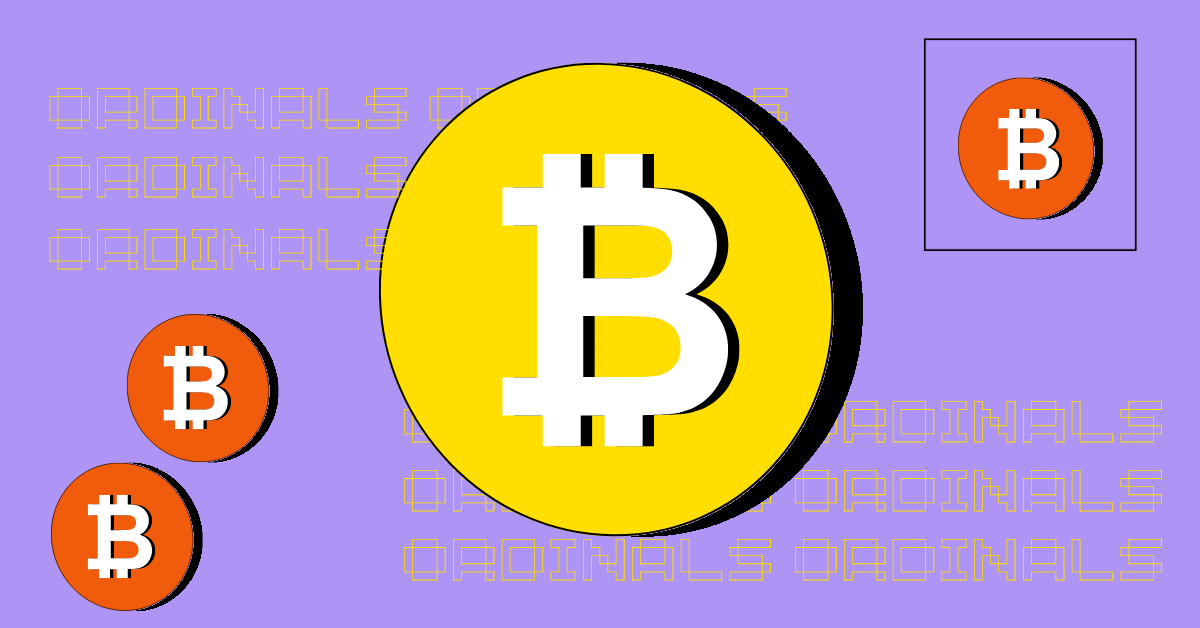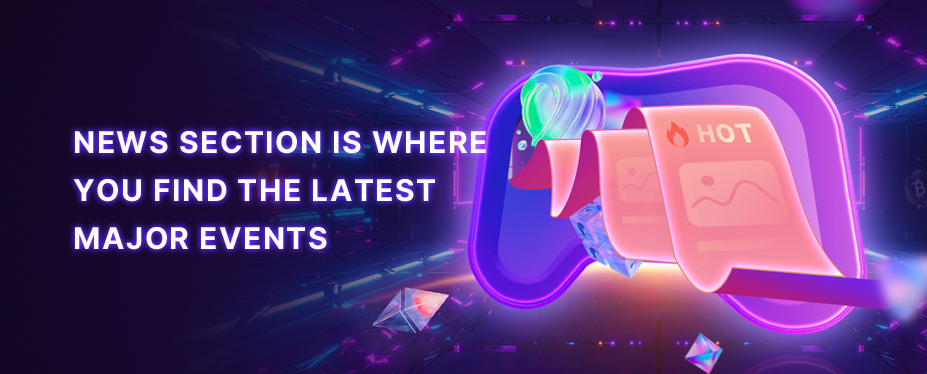How to Create, Buy, and Sell Bitcoin Ordinals – A Complete Guide

Imagine owning a digital collectible that can never be deleted, altered, or lost—secured forever on the most powerful blockchain in the world. Sounds revolutionary, right?
That’s exactly what Bitcoin Ordinals bring to the table. Unlike traditional NFTs, which often rely on external storage, Ordinals embed digital assets directly onto Bitcoin itself, making them a groundbreaking evolution in blockchain technology.
But how does it all work? And why is this such a big deal?
Let’s dive in for all the answers to your questions.
What Are Bitcoin Ordinals?
Bitcoin Ordinals are digital assets inscribed onto individual satoshis (sats), the smallest unit of Bitcoin—similar to how cents make up a dollar. There are 100 million sats in one Bitcoin.
Through the Ordinals protocol, users can embed images, text, videos, and even small applications directly onto the Bitcoin blockchain. Think of it as writing on a dollar bill—but in a way that is permanent and unchangeable.
Unlike traditional NFTs, which are usually stored off-chain with only a reference link on the blockchain, Bitcoin Ordinals store everything directly on Bitcoin, making them truly immutable.
Example:
Imagine a famous artist inscribing a one-of-a-kind digital painting onto a Bitcoin satoshi. That artwork is now forever embedded into the Bitcoin blockchain, and anyone can verify its authenticity.
How Do Bitcoin Ordinals Work?
To understand Ordinals, you need to know two key things:
- Ordinal Theory – This assigns a unique number to each satoshi, tracking it across transactions.
- Inscriptions – These are pieces of data (images, text, etc.) embedded into sats using Bitcoin’s witness data.
The Taproot upgrade in 2021 made this possible by expanding the amount of data that could be stored in transactions. Thanks to Taproot, users can now store more than just transaction details—they can store full-fledged digital assets.
Example:
Let’s say you inscribe a rare GIF onto a satoshi. That satoshi, now carrying digital art, can be transferred from one Bitcoin wallet to another just like any regular Bitcoin transaction.
How to Mint Bitcoin Ordinals
Unlike traditional NFTs, which are often stored off-chain, minting Bitcoin Ordinals involves a fully on-chain process that requires a few extra steps.
Steps to Mint an Ordinal:
- Get a Taproot-Compatible Wallet – You need a Bitcoin wallet that supports Taproot transactions. Examples include Sparrow Wallet and Xverse.
- Run an Ordinals Node (Optional) – If you want to inscribe directly, you need to run a Bitcoin node with the Ordinals protocol installed.
- Use an Inscription Service – Services like OrdinalsBot or Gamma allow users to inscribe images and text without running their own node.
- Pay the Fees – Since the data is stored on-chain, transaction fees can be high depending on Bitcoin’s network congestion.
- Receive Your Ordinal – Once processed, the Ordinal appears in your Taproot wallet and is permanently recorded on Bitcoin’s blockchain.
How to Buy, Sell, and Trade Bitcoin Ordinals
Bitcoin Ordinals do not yet have large, established marketplaces like OpenSea for Ethereum NFTs. Instead, they are primarily traded peer-to-peer (P2P) through specialized platforms and wallets.
Ways to Buy and Sell Bitcoin Ordinals:
- Over-the-Counter (OTC) Trading – People buy and sell Ordinals through Discord groups, Twitter, and private transactions.
- Ordinals Marketplaces – Emerging platforms like Magic Eden and Gamma are working to bring NFT-style trading to Bitcoin Ordinals.
- Using a Taproot Wallet – To receive Ordinals, you must use a Taproot-compatible wallet that recognizes Ordinal inscriptions.
Example:
Let’s say you buy an Ordinal with a pixel art image inscribed on it. The seller sends the satoshi carrying that image to your wallet, just like a normal Bitcoin transaction.
Impact of Bitcoin Ordinals
Bitcoin Ordinals have sparked major debates and changes in the Bitcoin community. Some see them as a revolutionary way to bring art and digital assets to Bitcoin, while others argue they clog the network and raise transaction fees.
Key Impacts:
- Higher Fees: Ordinals increase demand for block space, making regular Bitcoin transactions more expensive.
- More Use Cases for Bitcoin: Bitcoin is now more than just money—it’s also a home for art and collectibles.
- New Development Opportunities: Developers are building marketplaces, wallets, and tools to support Ordinals, expanding Bitcoin’s ecosystem.
Challenges and Criticism of Bitcoin Ordinals
While Bitcoin Ordinals are exciting, they are not without problems:
- Network Congestion – Since inscriptions take up block space, they can slow down transactions for regular Bitcoin users.
- High Fees – The cost of inscribing and transferring Ordinals can be expensive, especially during peak traffic.
- Lack of Smart Contracts – Unlike Ethereum NFTs, Ordinals don’t support complex programmable features like automated royalties.
Example:
In early 2023, the Bitcoin network saw a surge in fees due to the popularity of Ordinals, leading some Bitcoin purists to criticize the innovation.
The Future of Bitcoin Ordinals
Despite challenges, Bitcoin Ordinals are here to stay. Developers are finding ways to optimize inscriptions, and new marketplaces are emerging to support trading.
What’s Next?
- Better Wallet Support – More Bitcoin wallets will integrate Ordinals, making them easier to use.
- Dedicated Marketplaces – Platforms like Magic Eden and Gamma are improving the buying and selling experience.
- Scalability Solutions – Innovations like the Lightning Network may help reduce fees for Ordinal transactions.
Are Bitcoin Ordinals the Future of Digital Collectibles?
Bitcoin Ordinals are redefining what’s possible on the Bitcoin blockchain, blending digital art, collectibles, and decentralized ownership in a way never seen before. As the ecosystem grows and more tools emerge, Ordinals could become a major force in the NFT space.
Whether you’re looking to collect, create, or simply learn, diving into Ordinals now could mean getting in early on the next big shift in digital assets.




